Git version control system that allows multiple people to collaborate on a project, tracking changes made to files over time. It provides a way to manage and track different versions of files, making it easier to work on projects with multiple contributors.
Here are some key points about Git:
- Version Control: Git tracks changes made to files in a repository, recording each modification as a separate commit. This enables developers to easily view and revert to previous versions of files, compare changes between versions, and collaborate on code development.
- Distributed System: Git is a distributed version control system, which means that each user has a complete copy of the project’s entire history, including all files and changes. This allows for offline work, independent branches, and easy collaboration between team members.
- Branching and Merging: Git makes it easy to create branches, which are separate lines of development that can be worked on independently. Branches are commonly used for developing new features, bug fixes, or experimenting with code. Once a branch is ready, it can be merged back into the main branch (often called “master” or “main”).
- Collaboration and Remote Repositories: Git facilitates collaboration by allowing multiple developers to work on the same project simultaneously. Remote repositories serve as centralized locations where team members can push their changes and pull the latest updates from others. Popular remote repository hosting services include GitHub, GitLab, and Bitbucket.
- Staging Area: Git has a staging area, also known as the “index,” where developers can select and prepare specific changes to be included in the next commit. This allows for selective commit creation and gives more control over which changes are recorded.
- Lightweight and Fast: Git is designed to be lightweight and fast, making it efficient even when working with large codebases or complex projects. Operations like committing, branching, merging, and switching between branches are typically quick and do not require a network connection.
- Tagging: Git allows for tagging specific versions of a project, which can be useful for marking significant milestones, releases, or specific points in the project’s history. Tags provide a way to reference specific commits easily.
- Integration with CI/CD: Git is often integrated with continuous integration/continuous deployment (CI/CD) pipelines, allowing for automated testing, building, and deployment of code. CI/CD workflows are commonly used to ensure code quality, reduce manual errors, and streamline the software development process.
- Extensibility and Customization: Git can be extended with custom scripts, hooks, and plugins to automate tasks or enforce specific workflows. This flexibility allows teams to adapt Git to their specific development practices and integrate it with other tools and services.

Conclusion
Git has become the de facto standard for version control in the software development industry. It provides a powerful and flexible platform for managing code changes, collaborating with teams, and tracking the history of projects. Whether working on personal projects or large-scale enterprise development, Git offers the necessary tools to streamline collaboration and ensure efficient code management.

